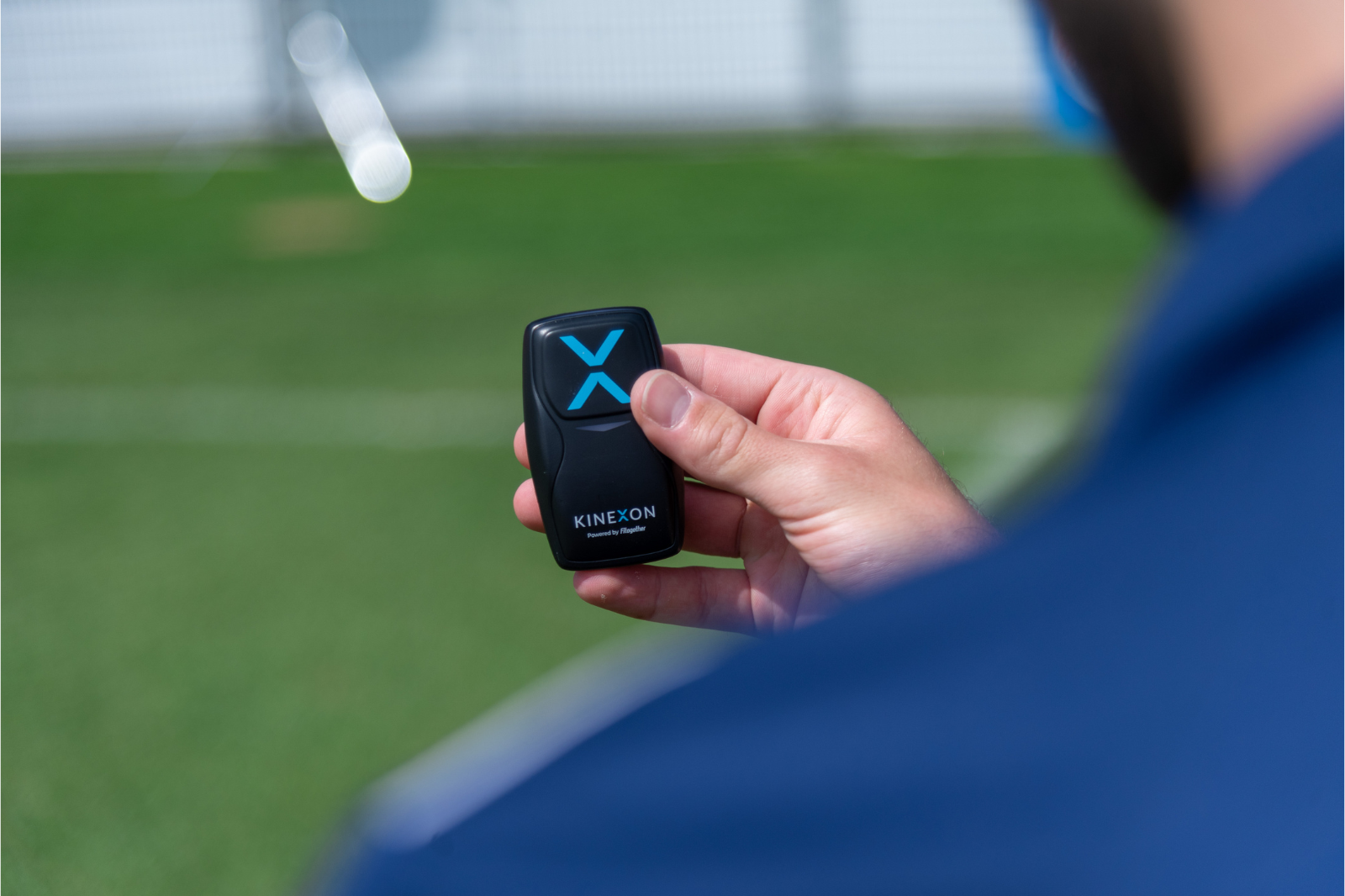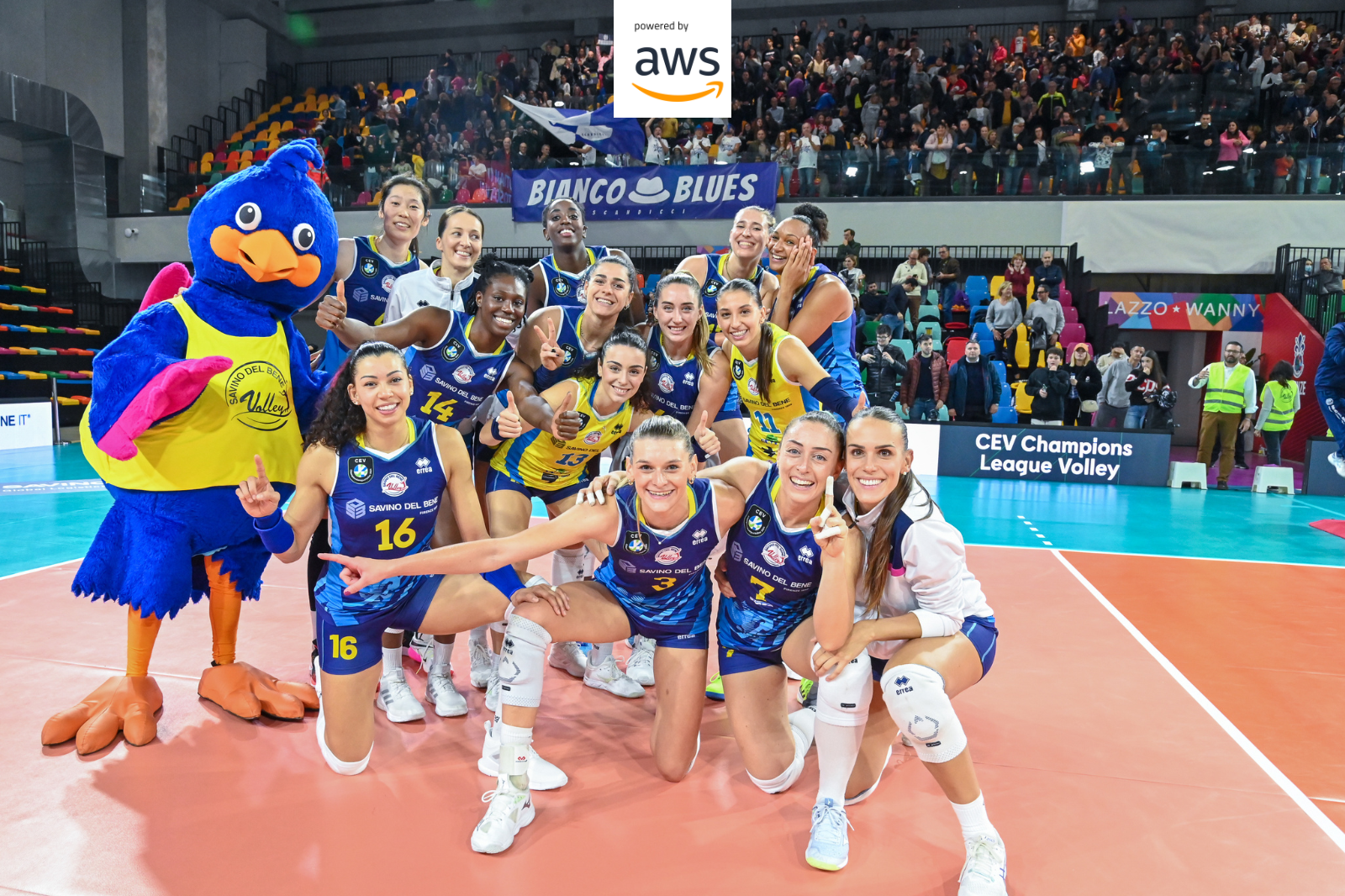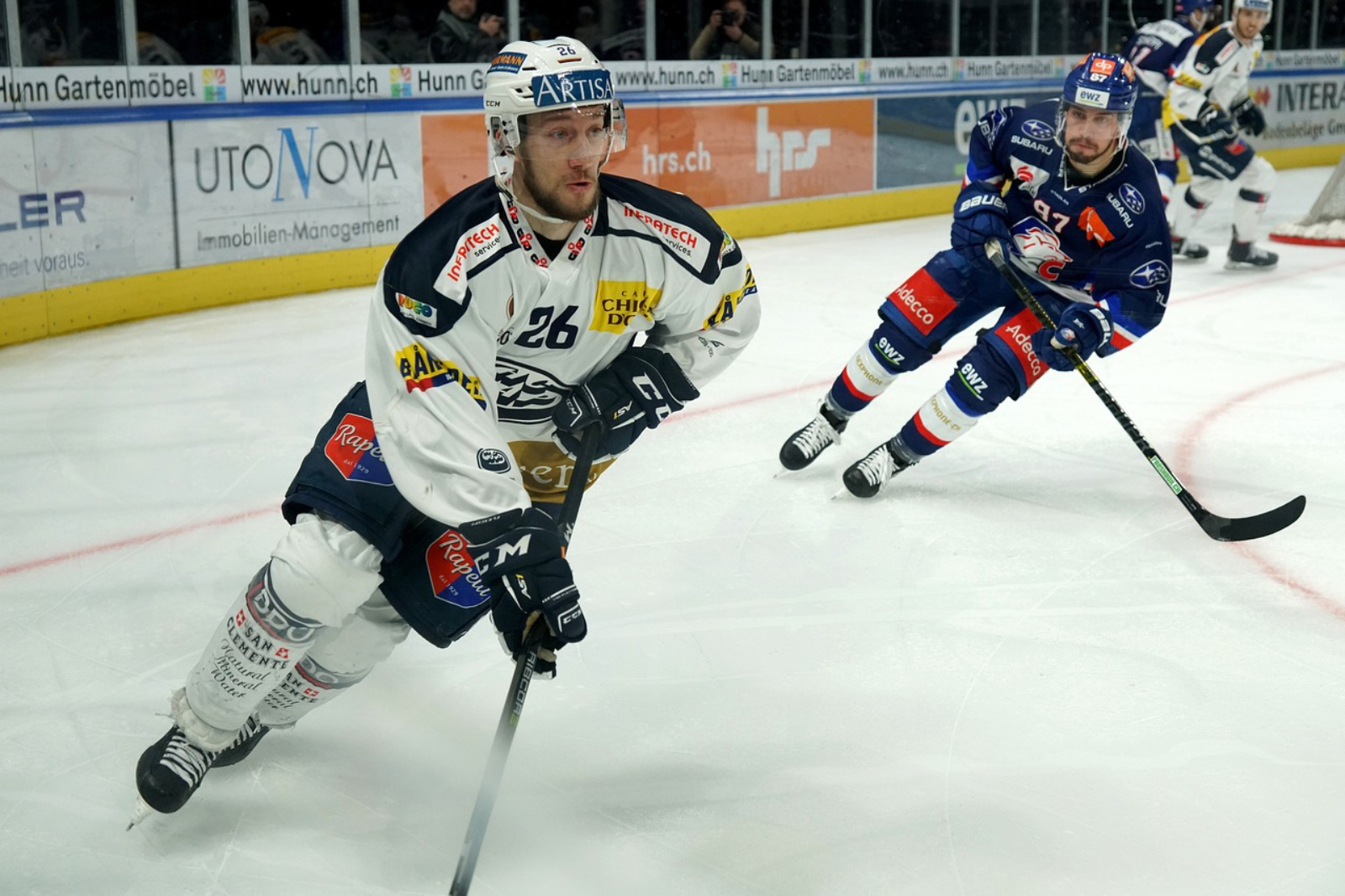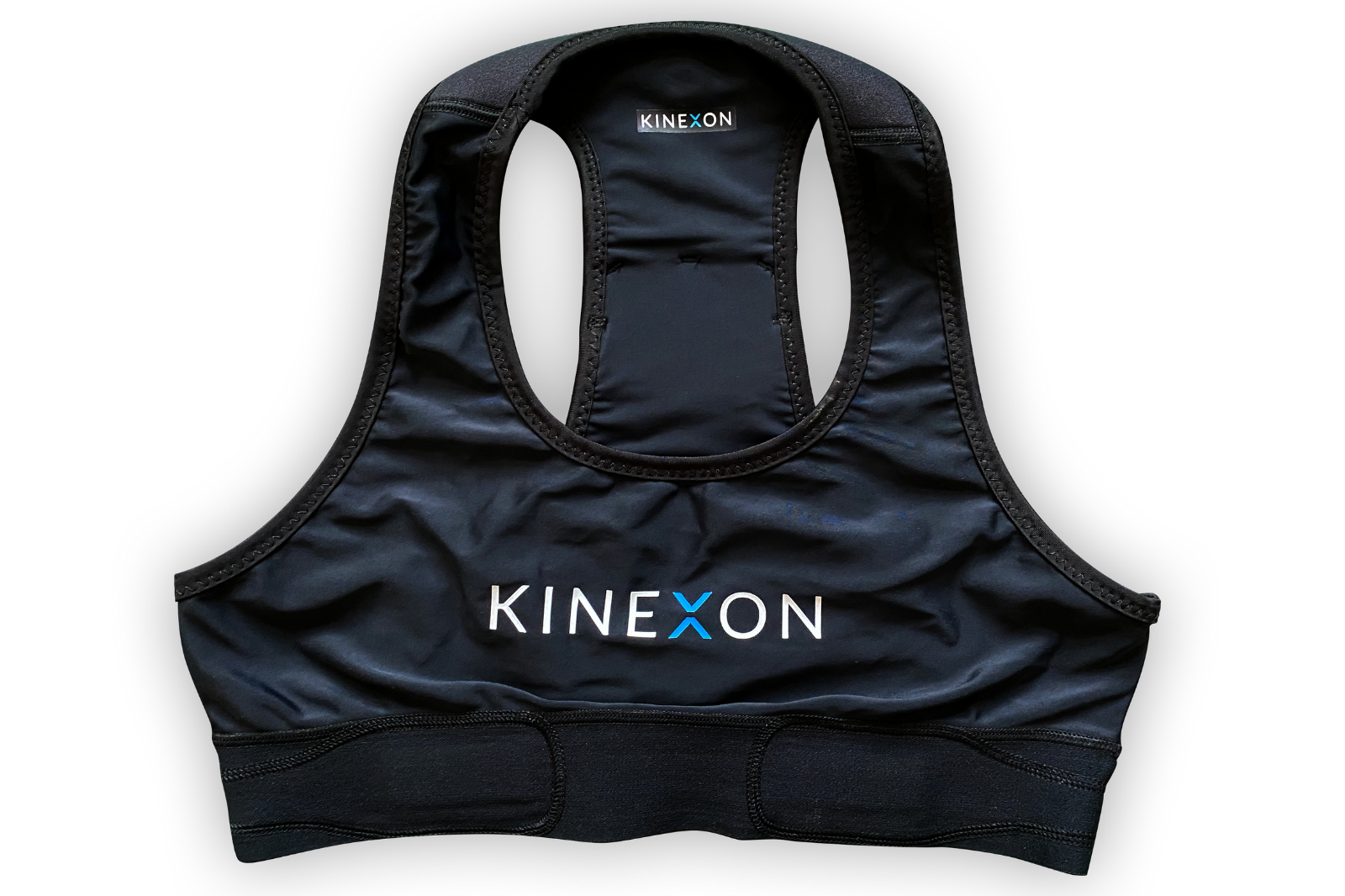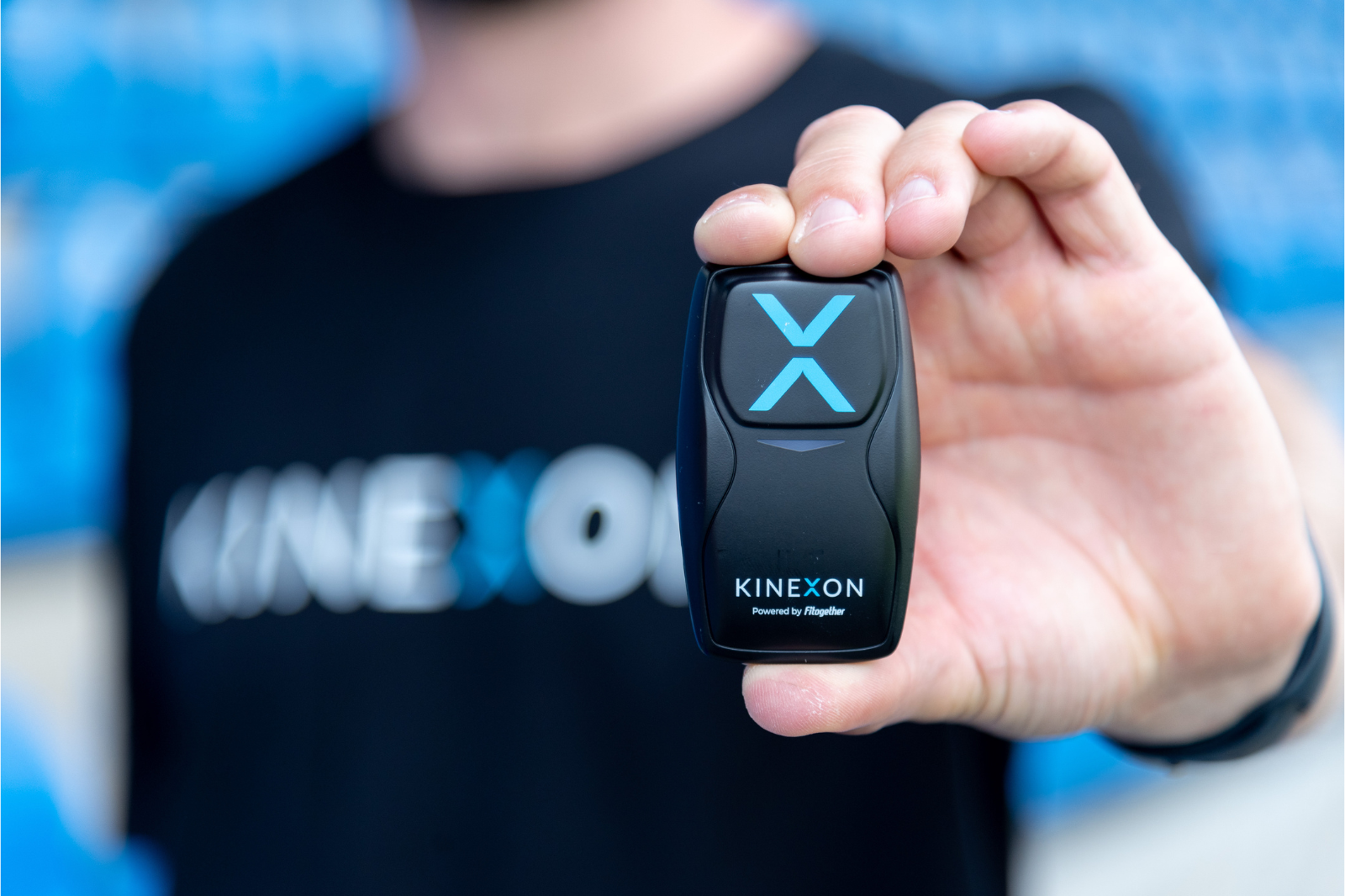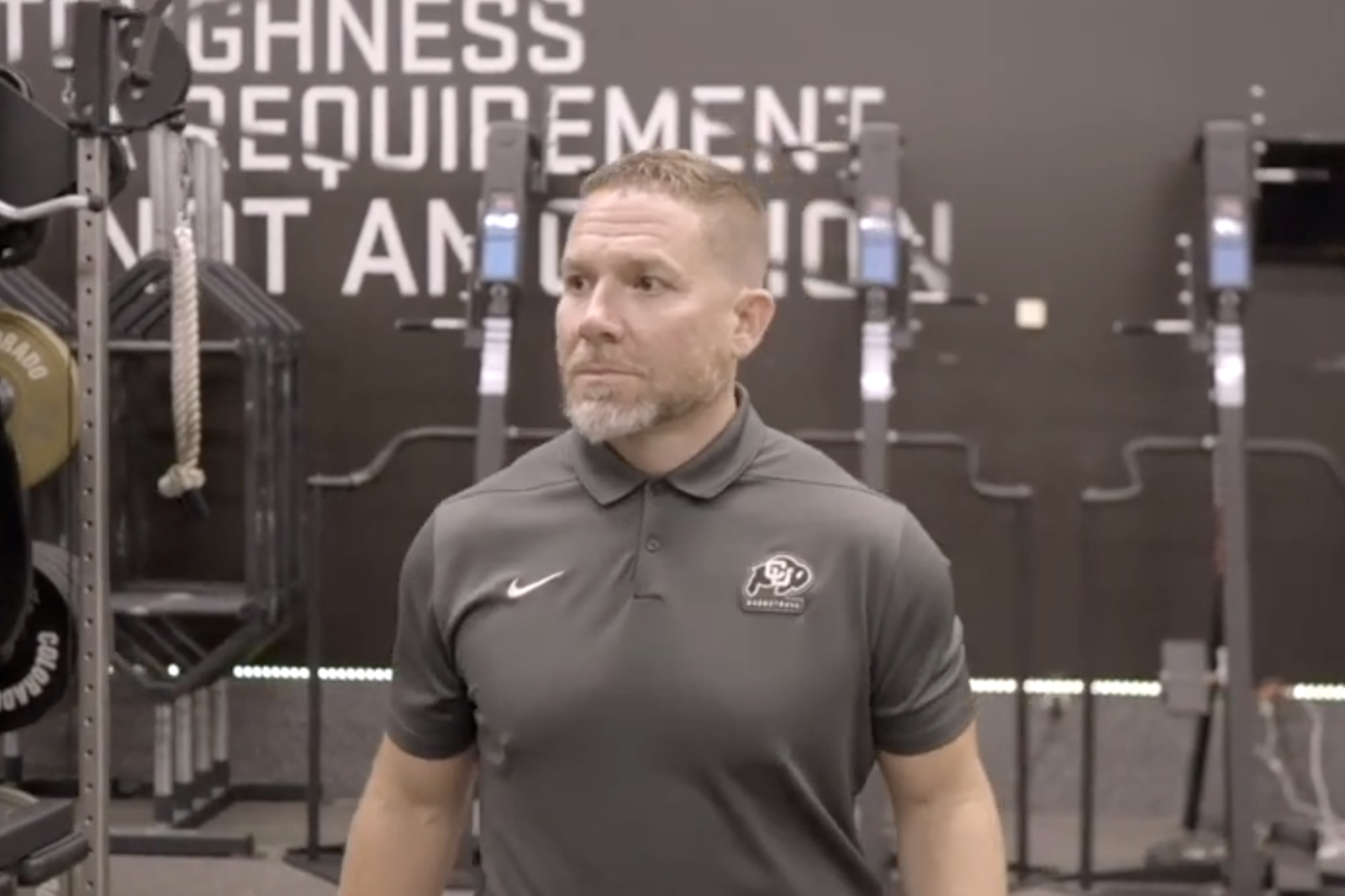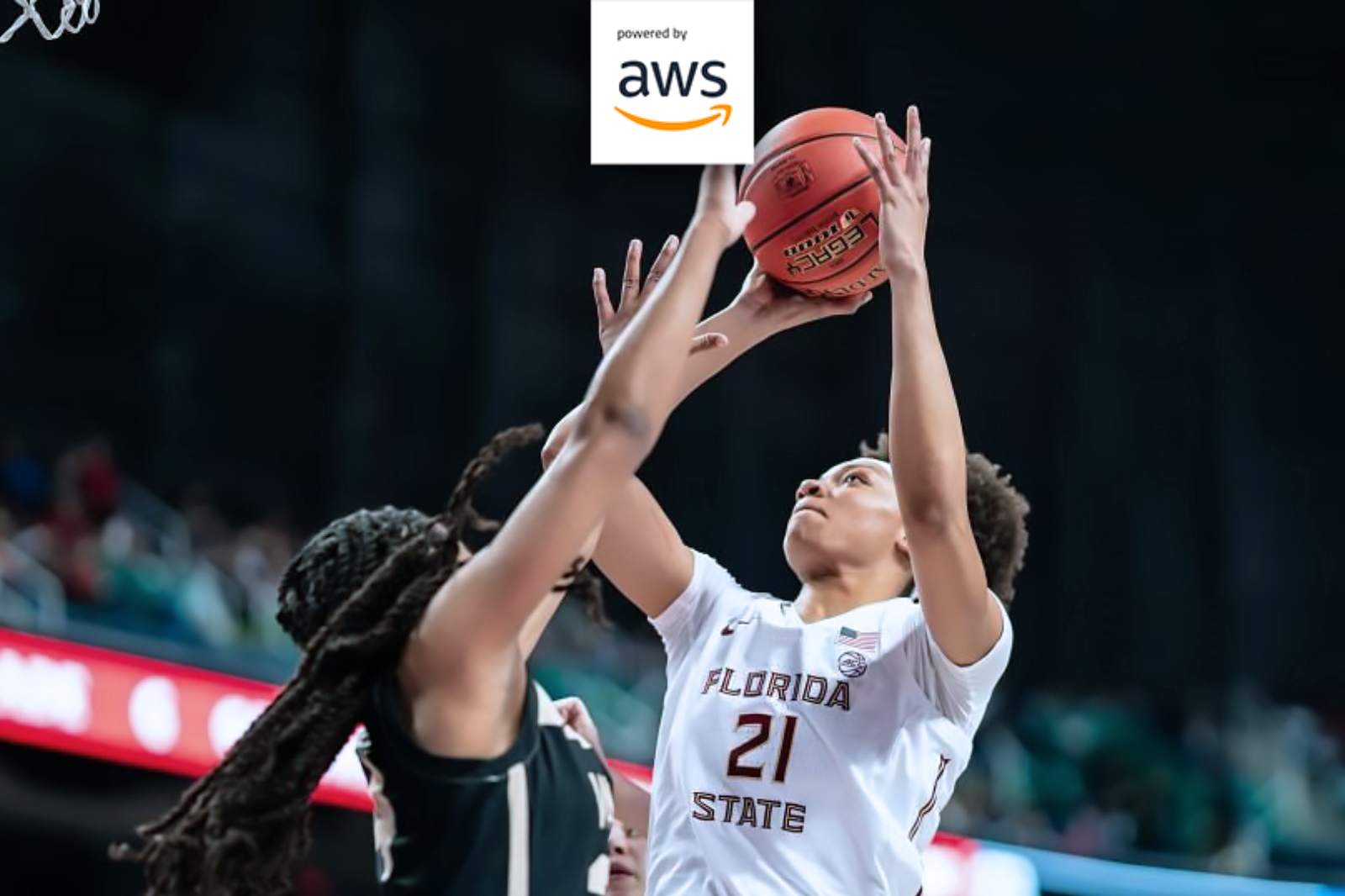Quick Answers: Frequently Asked Questions About Contact Tracing
In the fight against COVID-19, digital solutions for contact tracing are becoming increasingly important. We have collected and answered the most frequently asked questions.

In the fight against the coronavirus, digital solutions for tracing infection chains (“contact tracing”) are becoming more and more established.
One month after the German government launched the so-called “Corona Warn App” in June 2020, it was already available in more than ten European countries. Several European countries also developed their own solutions. Starting this month, the “Corona Warn App“ will also be linkable with them.
Meanwhile, in the U.S., the comparable solution from Google and Apple is becoming more and more widespread. To date, it is available in 14 of the 50 U.S. states.
When it comes to non-public areas, however, even more precise wearable solutions such as KINEXON SafeZone have proven themselves. These not only enabled industrial groups to return to a regulated operating procedure, but also allowed European and US professional leagues to restart.
Some questions about contact tracing and its digital implementation keep coming up. We have collected and answered the most frequent ones:

Background
1
What is Contact Tracing?
Contact tracing refers to the subsequent tracing of all those personal contacts of a sick and infectious person in which there was a risk of infection.
2
How does contact tracing help in the fight against COVID-19?
At the current state of knowledge, contact tracing is considered to be the most efficient non-pharmacological measure to contain viral infections.
This was the conclusion of the research association of scientists from the Technical University of Berlin, the Humboldt University of Berlin and the Konrad-Zuse-Institute Berlin for Applied Mathematics and High-Performance Computing.
3
What is the difference between Contact Warning and Contact Tracing?
Contact tracing aims to prevent further virus spread by infected persons by tracing back infection-critical personal contacts in the past.
Contact Warning is about preventing personal contacts that potentially carry a high risk of infection — regardless of whether the persons are demonstrably infected or not.
4
Are companies obligated to do contact tracing or use contact tracing technology?
Companies in the U.S. are not obligated but asked to collaborate with health departments. The Centers for Disease Control and Prevention (CDC) points out that “quick and coordinated actions, including case investigation and contact tracing, may lower the need for business closures to prevent the spread of the disease.“
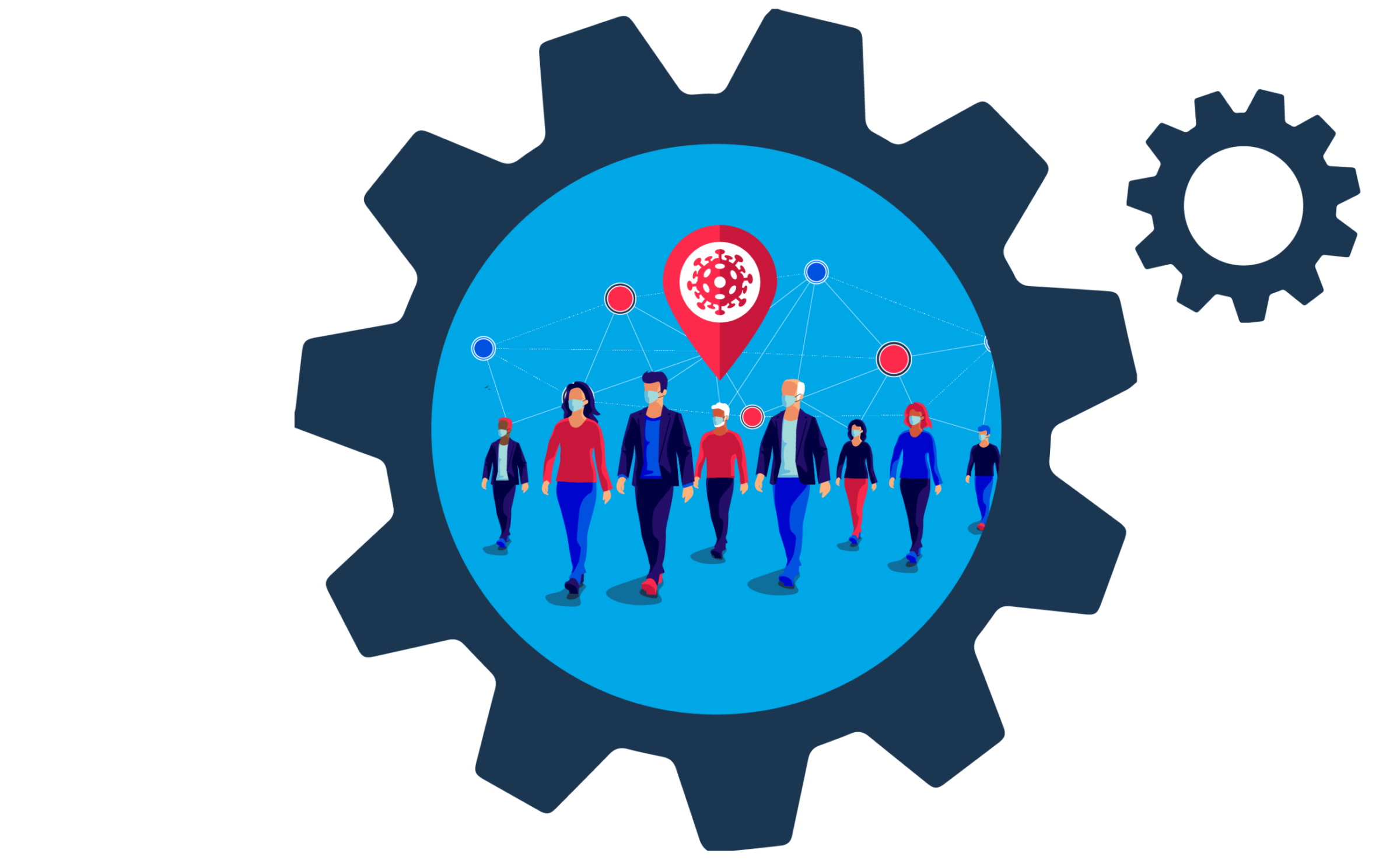
Functionality
1
How does a digital solution for contact tracing work?
In order to be able to trace contact chains after a case of infection has become known, all contacts between persons who fall below the minimum distance suggested by the health authorities for a significant period of time must be documented.
If this is done manually in the form of lists or similar, the effort is enormous. The risk of incorrect or incomplete information also reduces the effectiveness of the measure.
Digital solutions automatically record infection-critical contacts via a wearable (as KINEXON SafeZone does) or smartphone app (as previously mentioned mobile apps do). Manual efforts and the associated error potential are almost eliminated.
2
What is better suited for contact tracing – an app solution or a wearable solution?
To digitally record the distance and length of contact between two persons, both must carry a device that records both — distance and duration of contact.
In public spaces, smartphone apps like from Google and Apple are suitable, as smartphones are with their owners all day anyway. In these cases, Bluetooth technology is used for anonymous contact recording. Its advantage is that it is integrated in every smartphone per default. The disadvantage is that as many people as possible must have the app installed, updated and Bluetooth switched on to make this solution highly efficient
In non-public areas, such as company premises, offices or venues, private smartphones are partly not allowed, or Bluetooth is easily interfered. Wearable solutions like KINEXON SafeZone are an alternative. Their advantage is that contact tracing can use UWB technology and are therefore even more accurate and reliable than app solutions.
In addition, wearables such as the KINEXON SafeTag from KINEXON SafeZone offer the function to avoid critical contacts through a timely audible and optical warning signal (“Contact Warning”).
3
What is the advantage of a digital solution for contact tracing?
Any unknown personal contact with an infected person increases the risk of further spread. The more precisely contact chains are documented, the more likely it is to prevent further infections.
Digital solutions such as KINEXON SafeZone have the advantage that they seamlessly record and trace personal contacts that exceed or fall short of the preset distance and time limits.
Instead of time-consuming, manual effort, a look into the software helps to immediately and clearly identify persons who are at risk of infection.
On the other hand, in addition to the distance, digital solutions can also take other decisive factors (positioning of the persons, contagiousness, duration of contact, further protective measures, etc.) into account and thus calculate a “risk score”.
4
How does contact tracing work in companies?
In order to completely trace personal contacts without tracking employees and/or monitoring their contacts, the specialized solution KINEXON SafeZone was developed.
At the start of work, each employee takes a 15g light sensor, the so-called KINEXON SafeTag, out of the charging station. Using a QR code scanner at the loading station, employees assign it to their anonymized profile.
During working hours, the sensor warns the user visually and audibly before contacts become too close or take too long.
If a contact is too close or long, it is recorded anonymously on the local server when the device is loaded. This means: Only the contact between two pseudonyms is stored. Related names remain anonymous.
If an infection case is getting known, the software can track whether, how long and how close the sensor of the affected person was to others.
An explicitly authorized person is then able to identify the users of those sensors. Sustainable protective measures such as home quarantine can thus be initiated exclusively for persons who are at proven risk.
5
At what point does a contact count as a critical exposure?
Whether a contact with a person is classified as a “critical exposure” does not depend solely on the generally recommended minimum distance of 2 ft.
Also, the duration of contact, the positioning of the persons to each other, further protective measures (such as masks or protective walls) and the contagiousness of a positive tested person must also be taken into account.
With a digital solution, all these factors can be taken into account and a so-called “risk score” can be calculated, which provides even more precise information.
6
How are contacts recorded, saved and evaluated?
In digital contact tracing solutions, contacts are usually recorded via Bluetooth (especially app solutions) or via ultra-wideband (e.g. KINEXON SafeZone). Both have in common that they do not track the movements of persons, but only detect if two sensors fall below a defined distance.
There is a “centralized” or “decentralized” option for the transmission and storage of this kind of contact data. The difference between these two is answered in the next question.
The evaluation takes place in the software. Taking all known factors into account, a risk value is calculated. In KINEXON SafeZone companies have the possibility to determine factors themselves.
7
What is the difference between centralized and decentralized contact tracing?
Digital contact tracing does not record the movements of people, but only contacts of people that are within a pre-set distance. In order to identify these contacts, which are therefore considered, there are two possibilities: centralized or decentralized.
Decentralized option: Only a pseudonym of the infected person is transmitted from to the server. All other users can access the information from the server. The check if other uses had a too close contact with an infected person is processed locally on their personal device (decentralized).
Centralized option: The infected person’s pseudonym as well as those of all other recorded contacts is transmitted to the server. This way an entire network of contacts is subsequently accumulated on the server. That’s why this option is controversial in terms of data protection.
8
Which technology is the basis of the digital solutions?
To date, Bluetooth technology has proven its usability for smartphone solutions and ultra-wideband (UWB) technology for wearable solutions. Other technologies also allow contacts to be recorded. An evaluation of their advantages and disadvantages can be found here.

Application
1
When and where is contact tracing useful?
Health departments generally ask all persons who have tested positive for COVID-19 to help in tracing personal contacts.
Companies that cannot protect their employees by home office regulations or comparable protective measures are especially obliged to protect their employees from infections at the workplace.
2
How many employees are needed to implement a technical solution in a company?
It’s not the number of people that is decisive, but the number of encounters. As soon as the number of personal contacts in the work environment can no longer be completely recorded manually, digital solutions are recommended.
3
Why should digital contact tracing be implemented in companies?
Even a single case of COVID-19 in a company can lead to financial losses in the millions, bring the company socially in distress, threaten competitiveness, endanger healthy employees beyond COVID-19 and have legal consequences.
Professional contact chain management significantly reduces these risks and enables companies to protect employees from infections in the workplace while maintaining operations.
4
How does contact tracing influence quarantine regulations in case of a Covid-19 case in the company?
If a positive COVID-19 case occurs within a company, the employer is asked to trace the contact chain during working hours and to send all those who are at risk of an infection into quarantine.
Digital contact tracing solutions for enterprises have two advantages. One advantage is that tracing contact chains during working hours can be analyzed in just a few minutes, with just a few clicks and without contact tracing teams.
Another advantage is that digital contact information is so accurate that only those individuals who have actually had contact with the infected person need be sent into quarantine. Thus, preventing the closure of entire departments.
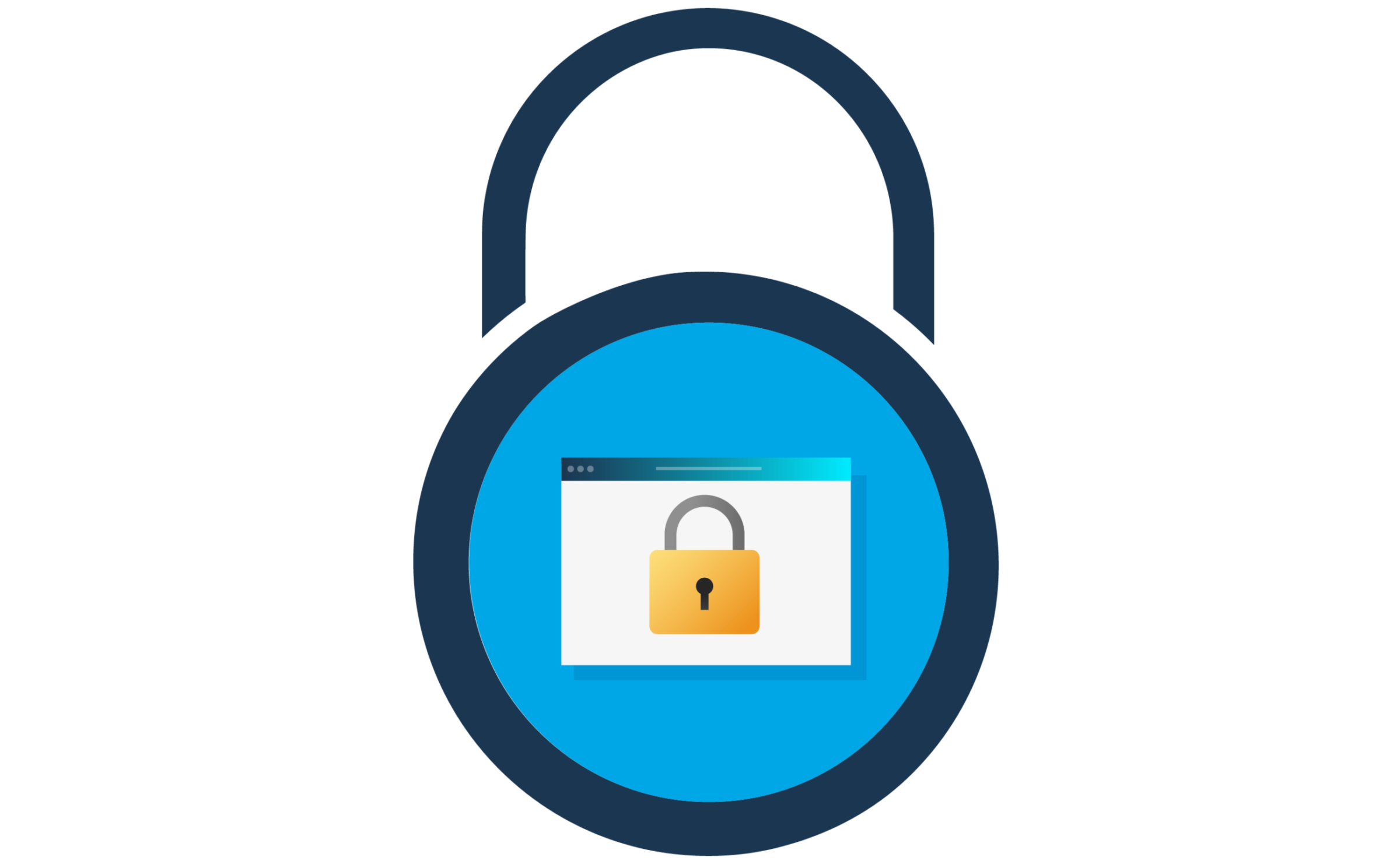
Data Protection
1
Is personal data processed in digital contact tracking?
Personal data is only processed if exposures with an infected person have been recorded and persons at risk of infection must be informed.
2
How does anonymous contact tracing work?
With anonymized contact tracing, all users of the solution get pseudonyms. These do not allow any conclusions to be drawn about the individual ID and other data about them.
3
What happens to personal data when contacts need to get identified and informed?
Decryption of anonymized data is only possible by the person(s) authorized by the users.
There are several possibilities to realize this. Established, data protection-compliant solutions such as KINEXON SafeZone, for example, only allow the processing of personal data to identify and notify persons at risk.
4
What must be observed with digital contact tracing in terms of data protection law?
Whether protective measures are permissible depends on whether they are necessary. This means that they must be suitable for their intended purpose, while interfering as little as possible with employees’ privacy.
When processing health data by companies, the General Data Protection Regulation (GDPR), the Federal Data Protection Act (BDSG) as well as state data protection laws and supplementary specialist laws can be used as a legal basis.

